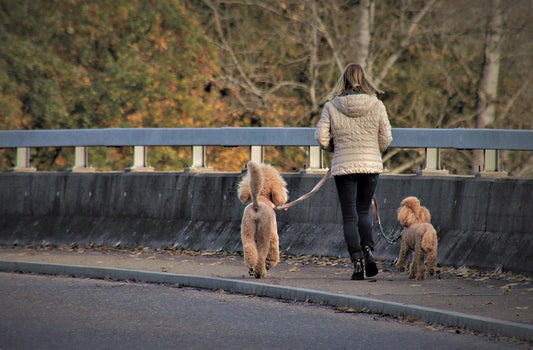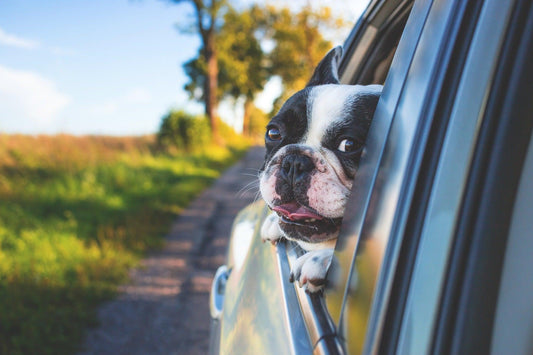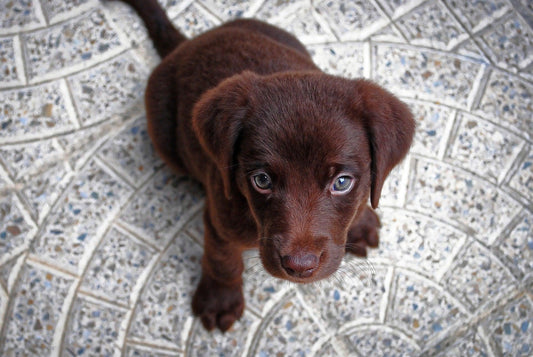History
The Belgian Shepherd Dog originated in Belgium and originated in the late 19th century. The Groenendael is one of four varieties of the Belgian Shepherd Dog, in addition to the Tervuren, Mechelen and Laekenois. The breed was originally bred as a herding dog, but has also served as a guard dog and even as a war dog during the First and Second World Wars.
The Groenendael is named after the village of Groenendaal, near Brussels, where the founder of the breed, Nicolas Rose, lived. An avid dog lover, Rose began breeding Belgian Sheepdogs in the 1890s. He was particularly fond of the black variety of the breed and decided to focus on breeding this color. It didn't take long before the Groenendael became famous and became popular outside Belgium as well.
Character
The Groenendael is an intelligent and energetic dog with a strong character. They are loyal companions who enjoy being around their owners. They have a strong drive to work and play and have a lot of energy. This makes them suitable for all kinds of activities, such as obedience training, flyball, agility, and even tracking.
In addition, the Groenendael is also a good watchdog. They are alert and protect their family and territory with devotion. This can sometimes lead to distrust of strangers, but they are generally friendly and sociable with people they know.
Health
In general, the Groenendael is a healthy dog, but as with all breeds certain health problems can occur. One of the most common health problems in Groenendael dogs is hip dysplasia, a condition in which the hip joints are not developed properly. In addition, they can also have a predisposition to eye disorders and epilepsy.
Care
The Groenendael has a thick, dense coat that needs regular grooming. They shed hair all year round and have a major shedding period twice a year. It is important to brush their coat at least twice a week to prevent tangles and knots. A visit to the groomer can also help keep their coat in good condition.




